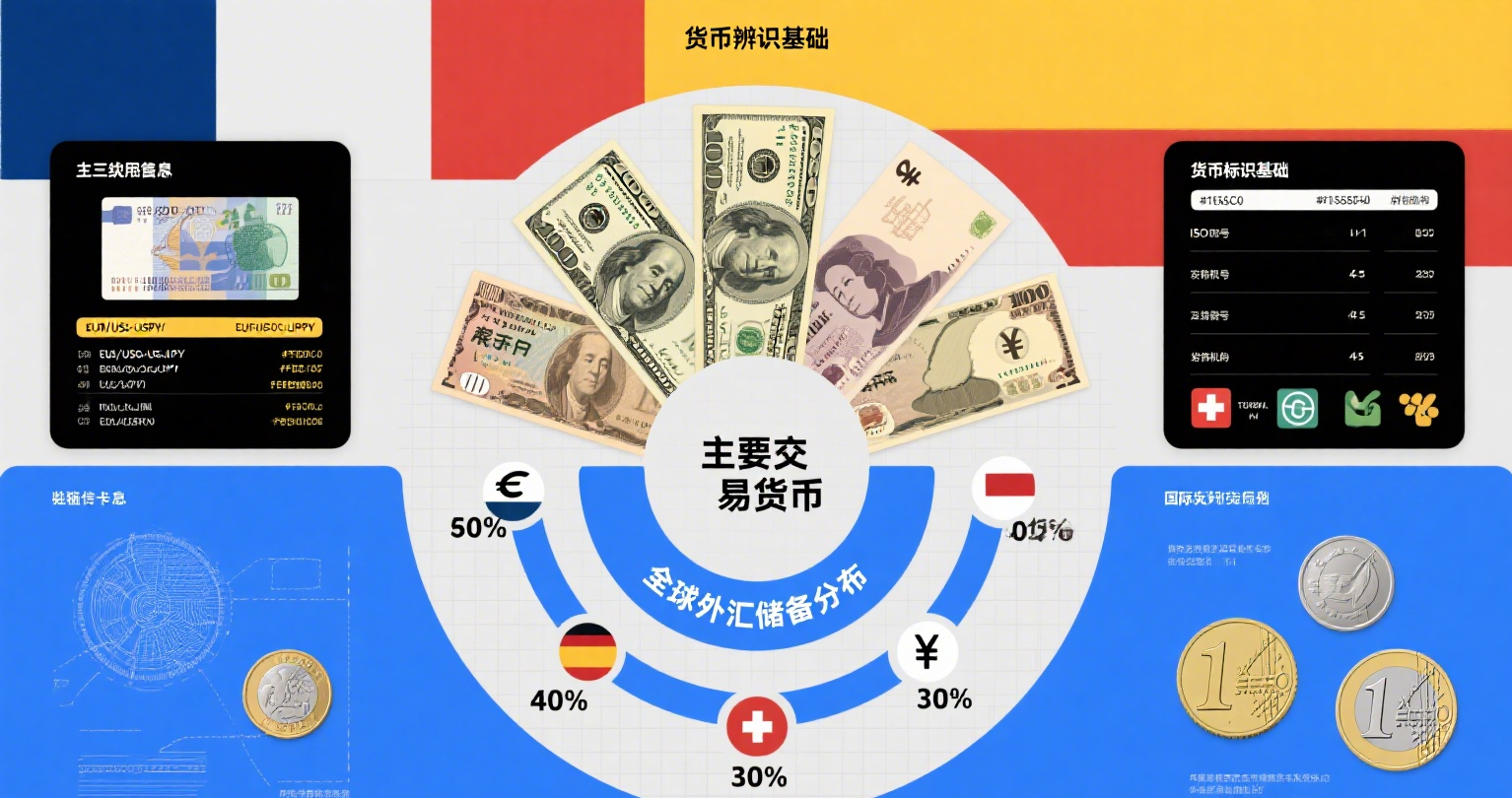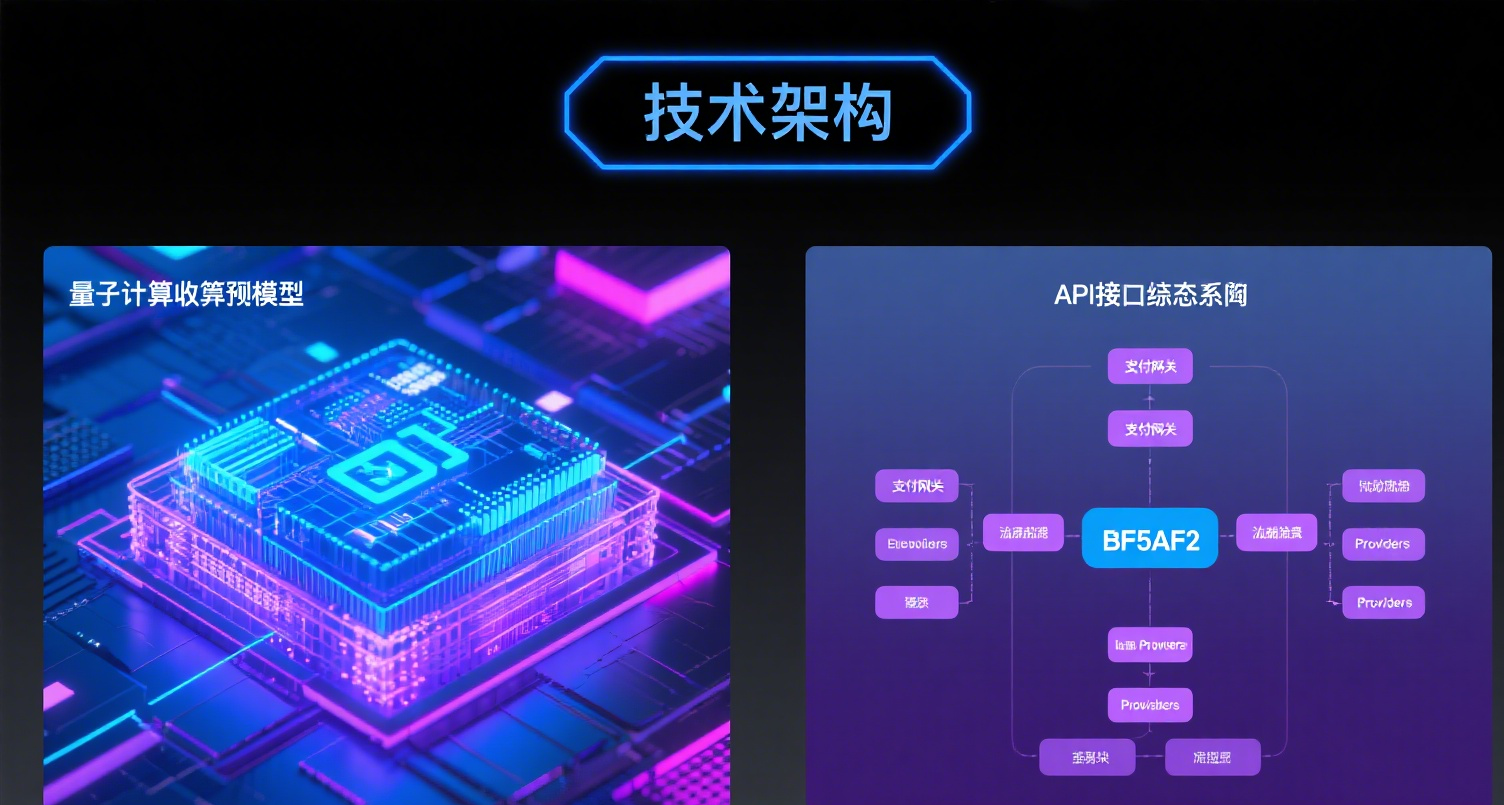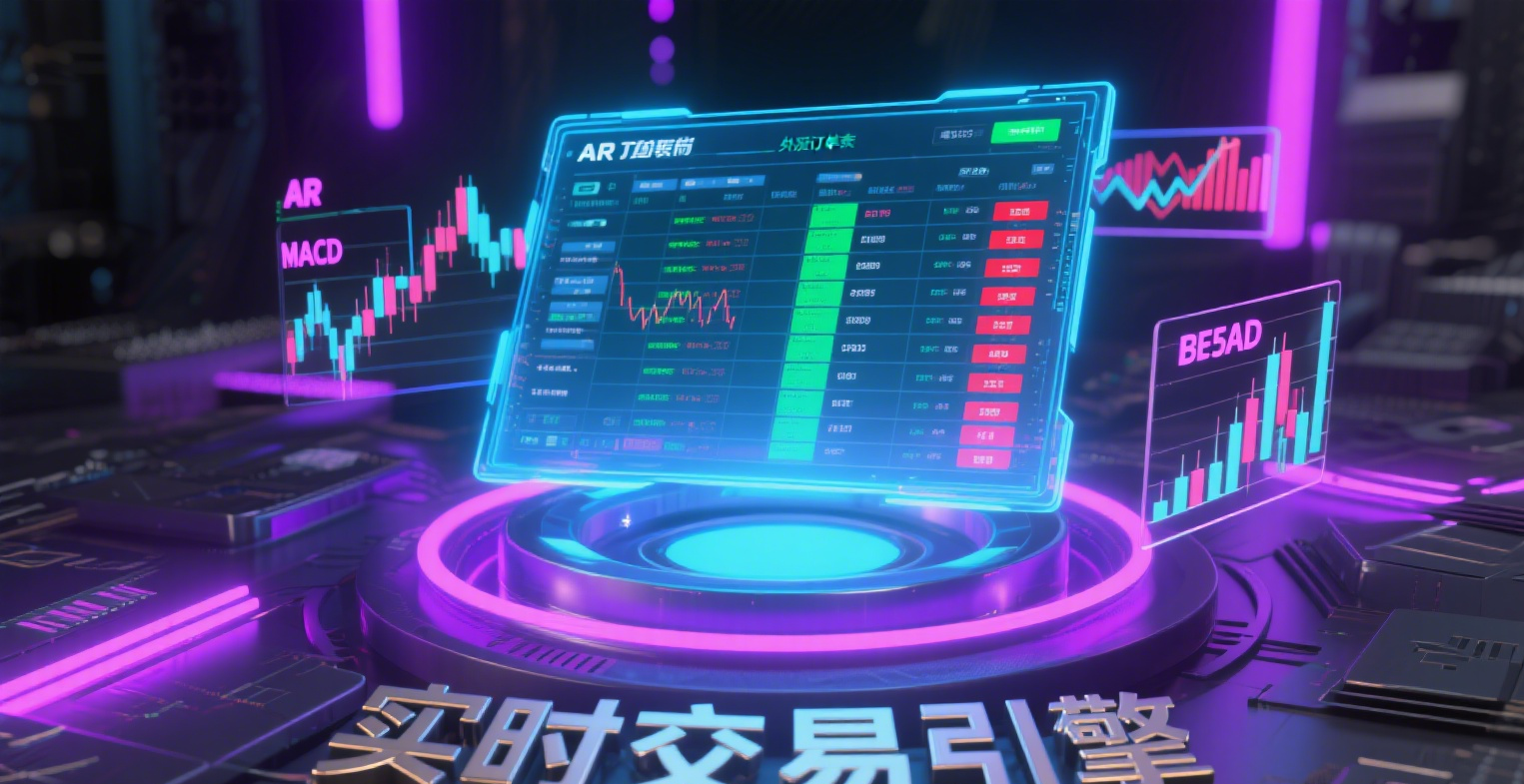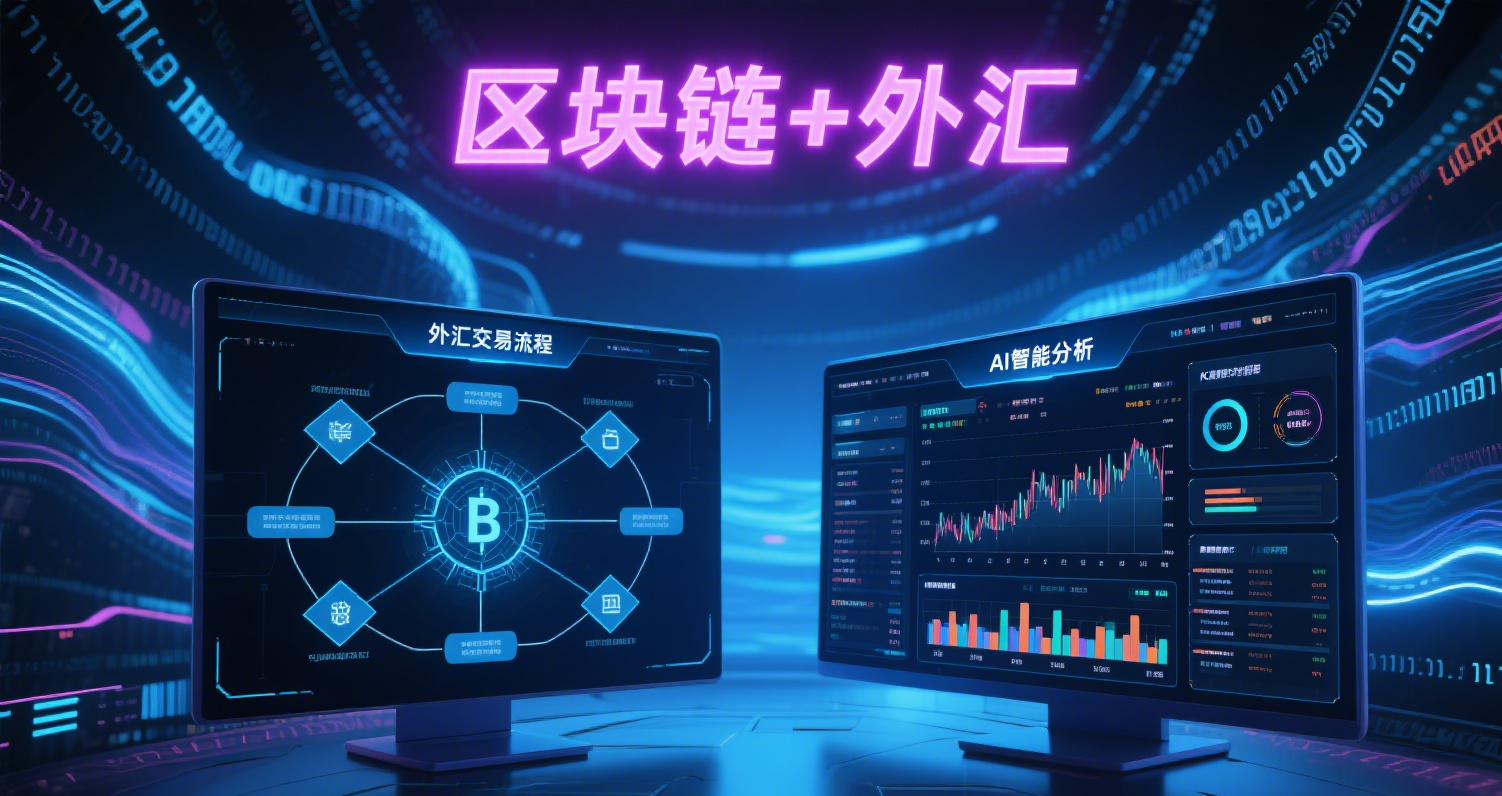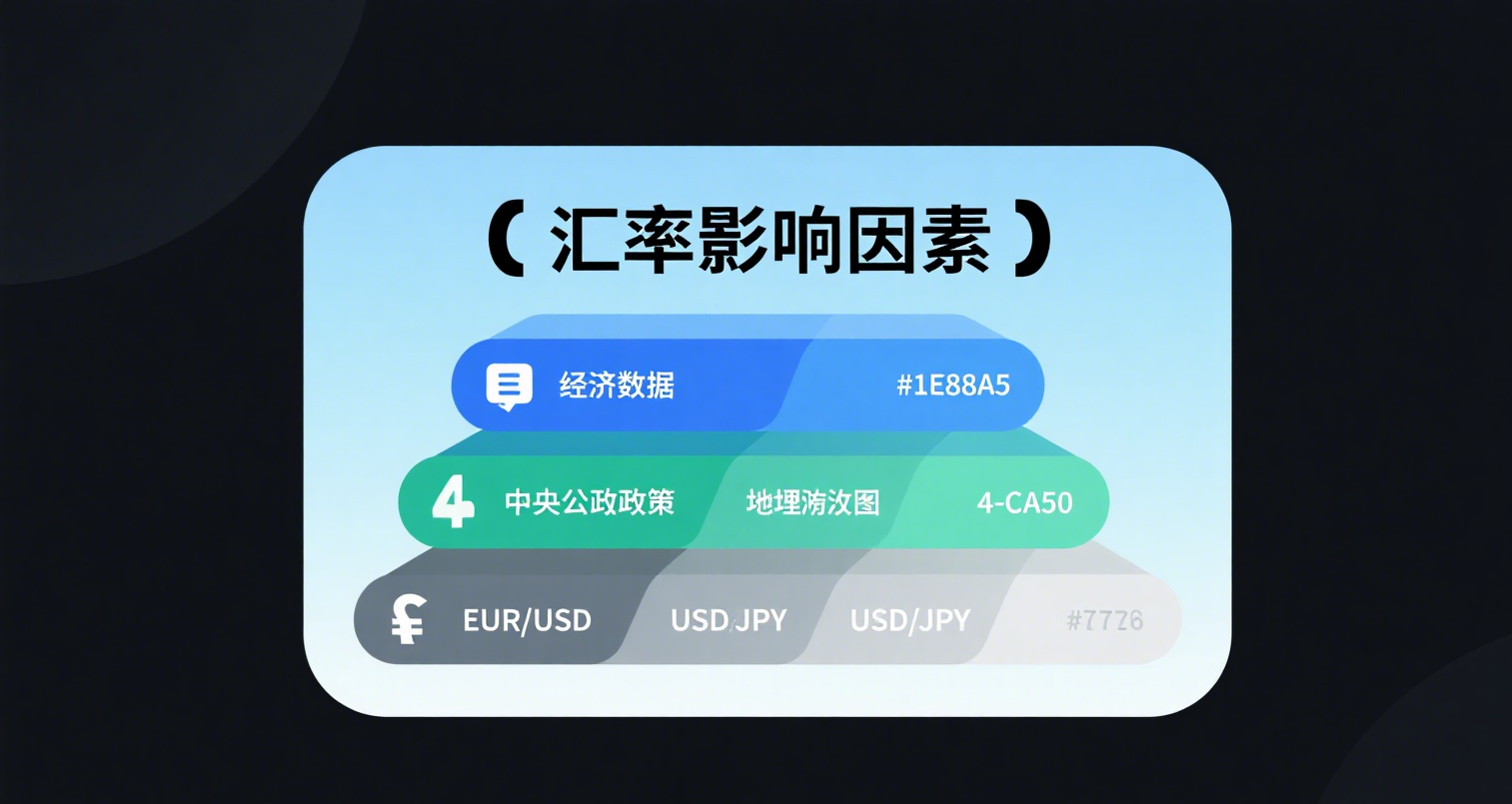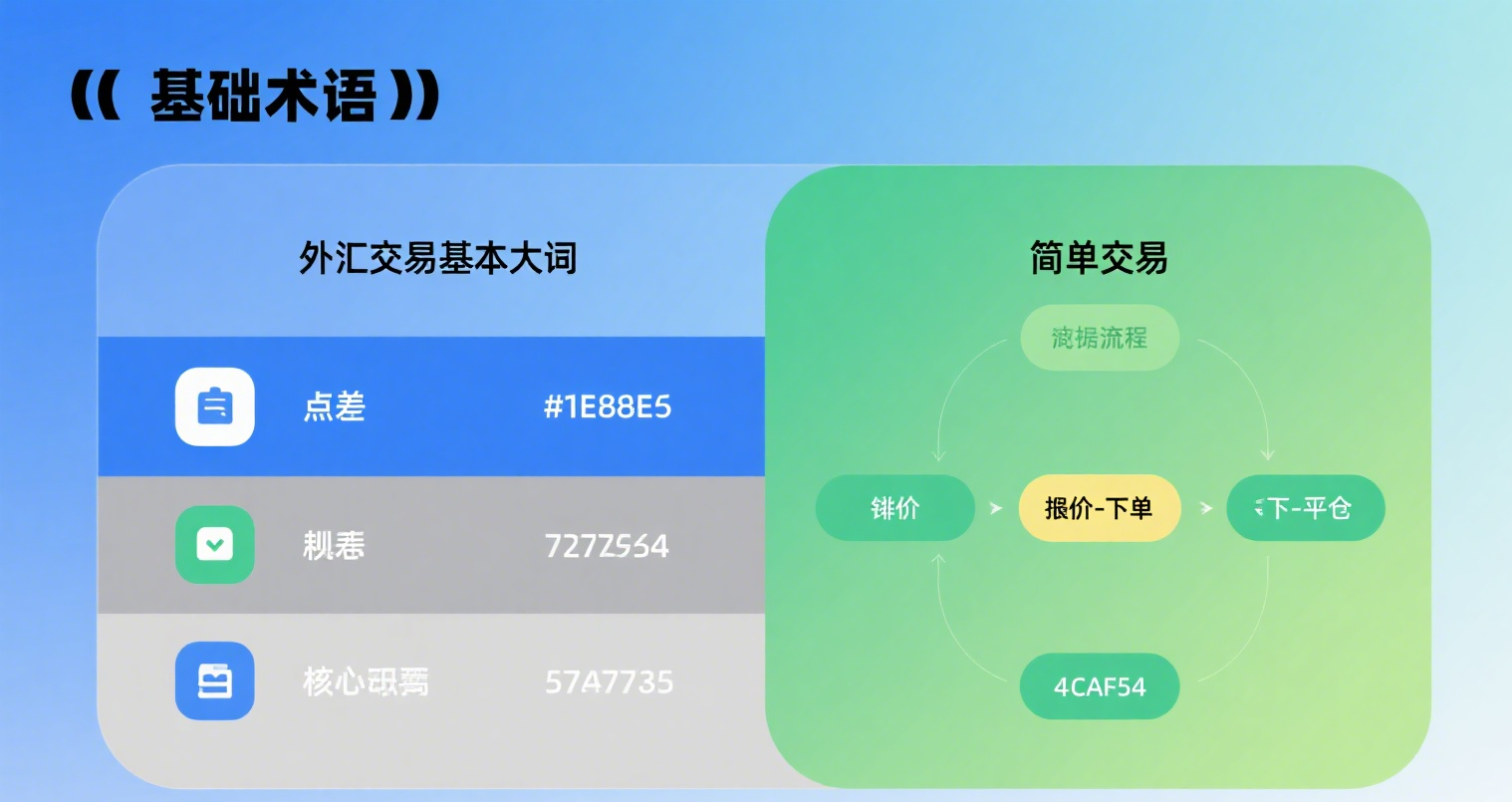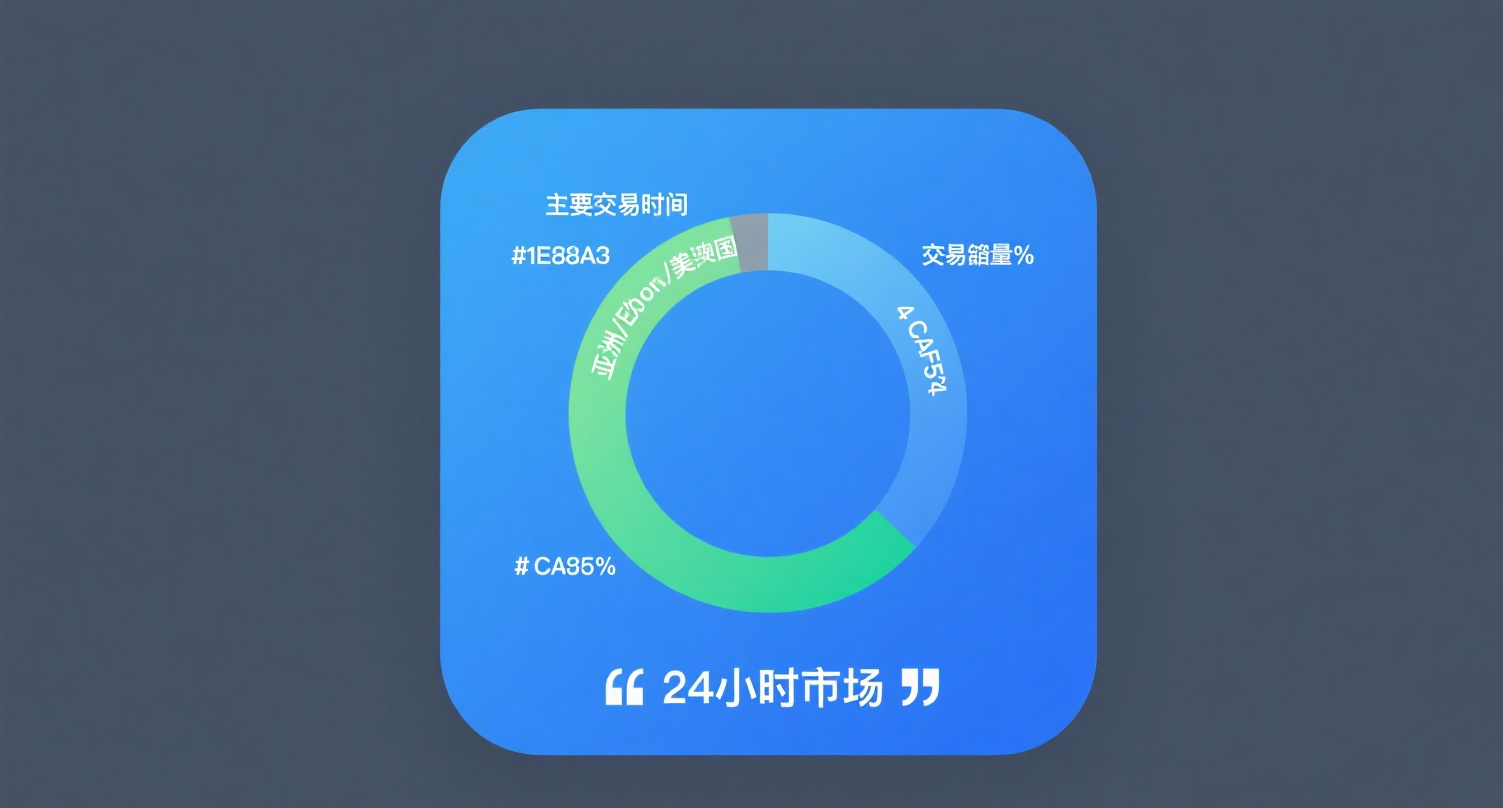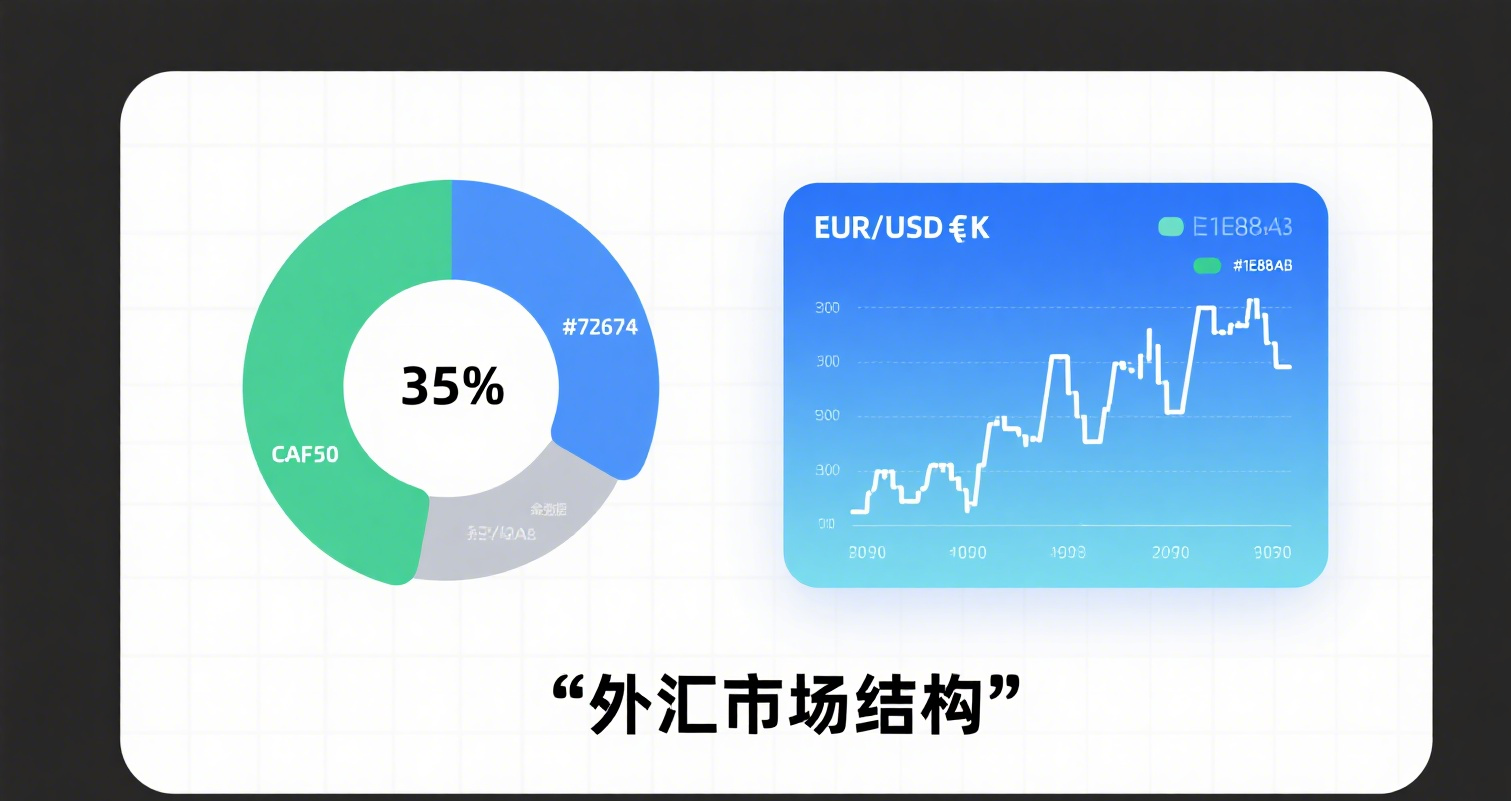
Are Low-Position Sectors About to Rally?
Driven by positive catalysts, China's A-share market saw all three major indices rise today, with the benchmark hitting a new yearly high.
The Shanghai Composite Index gained 0.18% to close at 3,461.15, the Shenzhen Component Index rose 1.17% to 10,534.58, and the ChiNext Index surged 1.90% to 2,164.09.
However, today's trading volume in the Shanghai and Shenzhen markets was only 1.3 trillion yuan, shrinking by 67.2 billion yuan compared to yesterday—another day of rising prices on declining volume. With no fresh capital inflows, it was yet another session of mutual "harvesting" among traders, reflecting extreme market involution.
From a technical perspective, if the volume continues to shrink, this level could form a small double-top distribution pattern. Only a volume surge can trigger a reversal breakout.
Are Low-Position Sectors About to Rally?
According to the Sop AI Model's algorithm, short-term institutional funds have begun concentrating in the electronics supply chain for the first time this month, leading to a broad-based rally with an 80%+ upside probability across the sector.
The electronics equipment sector saw 14 stocks hit limit-ups or rise over 10%, with Jin'an Guojie emerging as a low-position breakout leader.
Today's short-term institutional inflow into electronics was driven by two key catalysts:
1. Signs of a U.S.-China Trade War Truce
The U.S. government reportedly revoked a restrictive licensing requirement, planning to resume ethane exports to China.
Additionally, Siemens announced that the U.S. Commerce Department has lifted licensing restrictions on three major chip design software providers—Synopsys, Cadence, and Siemens—previously requiring them to obtain government approval for China-related business.
Siemens confirmed it has fully restored Chinese clients' access to its software and technology, while Synopsys and Cadence are gradually resuming services.
Although the scope and duration of this easing remain uncertain, it undeniably removes a critical bottleneck for China's chip design firms. The resumption of exports from these three companies signals a potential near-term loosening of EDA (Electronic Design Automation) restrictions, offering tangible policy relief for Chinese semiconductor companies reliant on these tools.
2. Apple's Foldable iPhone Enters Prototype Phase
Apple's foldable iPhone reportedly entered P1 (Prototype 1) development in June, with P2 and P3 phases to follow—each lasting about two months. The full prototype process is expected to conclude by late 2025, with a potential launch in the second half of 2026.
AI Penetration & Wearables Demand Surge
In H1 2025, the consumer electronics sector is characterized by "policy support + AI-driven innovation." China's subsidy policies have effectively stimulated mid-range demand, driving a structural recovery in smartphones and tablets. Meanwhile, AI integration is accelerating the smart transition of PCs and phones, while AI glasses and other new form factors are nearing commercialization.
However, H2 2025 will mark a critical inflection point, as policy tailwinds fade and technological hurdles emerge. The sector's growth sustainability will hinge on emerging market expansion and ecosystem synergies.







